Americans are anxious to see if Congress and the Trump administration will repeal and replace ObamaCare, also known as the Affordable Care Act. The law has been a point of sharp partisan division since its inception, and more Americans (30 percent) say the law has hurt them than helped them (19 percent), according to Gallup.
Clearly, change is needed. But the complexity of our health care system and the politics surrounding it — especially now that ObamaCare has been law for nearly seven years — make change difficult. Nonetheless, Congress, President Trump and new Secretary of Health and Human Services Tom Price should advance a new series of health reforms that will make our system simpler, more affordable, and more transparent, while also providing a safety net for those who truly need it.
Our health care system is like a huge tangle: Employment is tied to insurance, which in turn is tied to care. But it doesn’t have to be this way. To improve access to care, we need to untie these knots.
The serendipity of history has lead to a system where most privately insured Americans get insurance as an on-the-job benefit. But increasing numbers of Americans do not work in traditional full-time jobs, and those who buy insurance on their own face a tax disadvantage as a result (because individual plans are not excluded from taxes, as group plans are).
Rather than simply undoing the distortive, regressive tax exclusion (which would be a tax increase) policymakers can level the playing field with a universal tax credit or deduction for health insurance. This is fair and equitable, would eliminate concerns about “job lock,” and would lead to a greater share of Americans opting to buy insurance outside of their employer group, which would in turn spur more competition among plans.
Here’s another knot that’s fit to be untied: routine health care and health insurance.
Health insurers are no longer functioning as insurers, but as third parties or discount-membership clubs. Premiums no longer reflect risk, and we use health insurance for just about every interaction we have with the health system including routine, expected health care services. No other form of insurance works this way.
This system makes health insurance more costly than it needs to be. And cost is the No. 1 reason uninsured people cite for their lack of insurance.
Basic, more affordable, “catastrophic” insurance plans would be more readily available were it not for federal and state regulations that require insurance companies to cover more and more benefits. But beware: These regulations that are sold as consumer protections are sometimes just gifts to special interests, like medical groups, and end up distorting markets and increasing premiums.
Insurers should have the freedom to offer very basic plans alongside comprehensive coverage, so that consumers can choose. Yes, choosing a catastrophic plan would mean paying out-of-pocket for more care, but it would also mean dramatically lower premiums. These plans could also work alongside a tax-free Health Savings Account.
More people paying out of pocket for routine health care wouldn’t be a bad thing: Providers would share more pricing information with customers and compete with one another to offer the best value. This price transparency and competition would results in lower costs and innovative strategies for how to best serve clientele. We already see this at work in the direct primary care model, which could become more prevalent.
Critics of free-market health reforms argue that opening up the system would be fine for healthy people, but would create hardship for those who are sick. But this need not be so. A free, functional marketplace can exist alongside a robust safety net. States can operate high-risk pools especially for those who are uninsured when they are diagnosed with expensive medical conditions, so no one is left behind.
Dr. Hal Scherz of Docs 4 Patient Care, Sally Pipes of Pacific Research Institute and I will be discussing these ideas in depth on a panel at The Steamboat Institute’s upcoming winter conference Feb. 24 and 25 in Aptos. The event is open to the public. We invite you to join this discussion as we work toward untangling, simplifying and modernizing our health care and health insurance markets.
Hadley Heath Manning is the 2017 Tony Blankley Chair for Public Policy and American Exceptionalism at The Steamboat Institute. For more information about The Steamboat Institute winter conference, visit SteamboatInstitute.org.
